Was Oronamin C the World's First Carbonated Energy Drink?
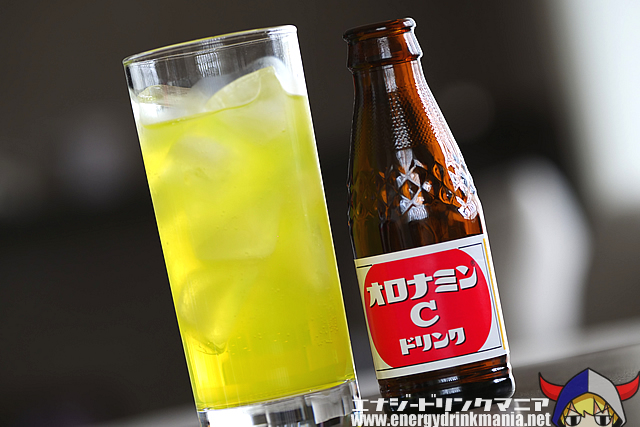
Oronamin C is a popular light nutritional carbonated drink in Japan. By researching its history, we can uncover how it rapidly gained nationwide popularity, similar to how Red Bull and Monster Energy exploded in the Japanese market, and the secrets behind its delicious taste.
Unfortunately, at Energy Drink Mania, we do not cover products or official sites that do not specifically label themselves as "energy drinks," so Oronamin C will only be briefly mentioned here. However, we would like to summarize how Japan's first carbonated nutritional drink built its current status.
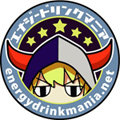 Author: Energy Drink-kun
Author: Energy Drink-kun
In 2001, while living in the United States, I encountered energy drinks through the dance scene and was deeply impressed. After returning to Japan, I found that energy drinks were considered novelty beverages, so I established a comprehensive website in 2013 to share the true appeal of energy drinks. As an energy drink enthusiast, I began drinking them seriously again, collecting over 7,000 varieties of energy drinks from various countries. I am also active as a critic and expert, receiving media interviews.
Oronamin C Released in 1965
The Nutritional Drink Boom Supporting Workers During the Economic Growth Period
In the 1950s, post-war Japan saw a boom in vitamin and ampoule supplements.
By the 1960s, the nutritional drink boom began, leading to the birth of iconic drinks like Lipovitan D, New Glomont, Escup, and Yunker, which are still sold today.
Oronamin C Released as a Carbonated Soft Drink
In 1965, Otsuka Pharmaceutical, which was struggling in the nutritional drink market, introduced a new strategy to stand out from the many competitors in the market.
They added carbonation to the previously unappealing, non-carbonated nutritional drinks, creating a new type of drink with a focus on flavor—Oronamin C.
Unlike the typical nutritional drinks, which maintained the herbal, chemical, or vitamin smells to emphasize their "effectiveness," Oronamin C was developed as a new type of nutritional drink with a focus on refreshment, crispness, and deliciousness.
However, at the time, the Ministry of Health and Welfare rejected Oronamin C's classification as a medicinal product because it contained carbonation, which disqualified it from being sold as a pharmaceutical. As a result, Oronamin C had to be marketed as a "soft drink" with no claims about its effectiveness, marking a significant turning point.
Expanded Sales Channels Led to Major Success
As a soft drink, Oronamin C faced difficulty being sold in pharmacies, which had previously been its main sales channel.
However, with the removal of restrictions on sales only through pharmacies (due to revisions in the pharmaceutical law, which allowed the sale of health drinks in convenience stores), Oronamin C could now be sold in supermarkets and any other locations where it could be distributed.
At the time, there were 1.6 million retail stores nationwide, whereas there were only 40,000 pharmacies. The potential for selling Oronamin C grew far beyond the number of pharmacies.
The ability to expand its sales channels as a soft drink proved to be a key factor in Oronamin C's success.
"Oronamin C is delicious, and once you drink it, you'll want to drink it again"
Oronamin C was designed from the development stage to be a tasty nutritional drink, and in its marketing, they emphasized the message, "Once you drink it, you'll want to drink it again," through widespread sampling.
While many nutritional drinks were effective but tasted bad, Oronamin C stood out for its taste. It was the one you wanted to drink again, regardless of its effects. (The "Energetic!" catchphrase and the phrase "It's delicious!" suggest the company had great confidence in the taste.)
When the regular soft drinks were priced at 30 yen, Oronamin C was set at a premium price of 100 yen. Despite this high price, Oronamin C's bottle became the most produced bottle in Japan, and at its peak, 1.25 billion new bottles were shipped—a truly remarkable figure.
Indeed, when visiting homes of grandparents or people slightly older than the current generation, Oronamin C was often found stocked up, and I remember seeing people drinking it. Even today, sales of cases with 10, 30, and 50 bottles are doing well.
The Rise of Oronamin C to National Popularity and its Similarities with Energy Drinks
Looking at the series of events so far, it seems that, despite differences in the historical context and regulations, the rise of energy drinks in Japan followed a similar path to Oronamin C’s success—carbonated, refreshing, with delicious flavors, available in supermarkets and convenience stores, and with widespread sampling to let people try the taste.
Oronamin C created a carbonated nutritional drink long before Red Bull was born in Europe, and it's impressive that it continues to be a popular product to this day.
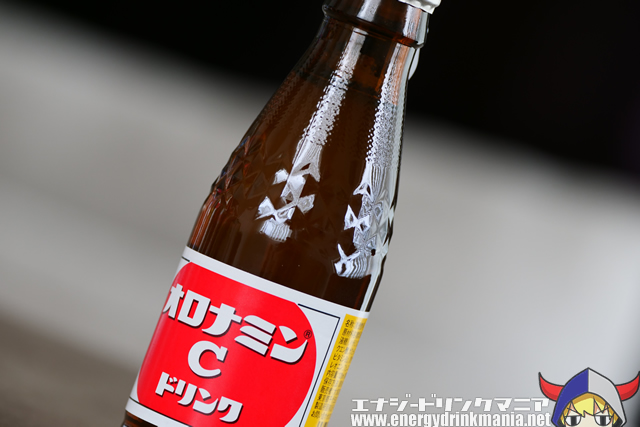
Even today, the official Otsuka Pharmaceutical website and the Oronamin C packaging do not label it as an "energy drink," and it's unlikely they will ever add such a label. This is part of what makes Oronamin C, which created and succeeded with a new type of drink, so unique.
Oronamin C, which was born in the nutritional drink boom of the 1960s during Japan's high economic growth period, shares many similarities with the energy drinks that arrived in Japan later. It’s a product that cannot be overlooked when discussing Japan’s energy drink scene.
Reference Articles
- Otsuka Pharmaceutical Oronamin C Official Product History
- Industrial Technology History Materials Center
- Oronamin C, "The Glasses Fall" After 50 Years
- Fukunaga Detective Agency - Tracking Oronamin C's Mystery
- The Story of Medicine: Nutritional Drinks - All Japan Federation of Democratic Medical Institutions
Bonus: Let's Take a Look at the Ingredients of Oronamin C
Let's take a look at the ingredients of Oronamin C.
Sugars (sugar (domestically produced), glucose-fructose syrup), honey, salt / carbonation, flavoring, vitamin C, citric acid, caffeine, niacinamide, vitamin B6, vitamin B2, soluble vitamin P, isoleucine, threonine, phenylalanine, sodium glutamate
Source: Product Information | Oronamin C | Otsuka Pharmaceutical
Per 120ml: Energy 79kcal, Protein 0g, Fat 0g, Carbohydrates 19g, Salt Equivalent 0g, Vitamin B2 2.4mg, Vitamin B6 4.9mg, Niacin 12mg, Vitamin C 220mg, Potassium: Not detected (analytical value), Phosphorus: Not detected (analytical value), Caffeine: 19mg (analytical value)
Source: Product Information | Oronamin C | Otsuka Pharmaceutical
I was surprised by the high carbohydrate content for just 120ml. If we convert this to 500ml, the equivalent amount of sugar would be around 79g. This would place it at the top of the "Worst Energy Drinks for Your Health" ranking based on global sugar standards.
Fortunately, caffeine content is low, so it can be consumed with peace of mind.
Related for Was Oronamin C the World's First Carbonated Energy Drink?
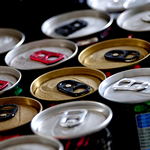 Explanation of Energy Drink Can Manufacturers and Logo Marks
Explanation of Energy Drink Can Manufacturers and Logo Marks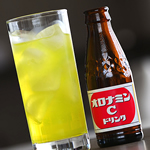 Was Oronamin C the World's First Carbonated Energy Drink?
Was Oronamin C the World's First Carbonated Energy Drink?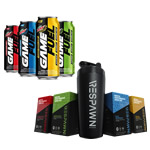 AMP GAME FUEL and RAZER RESPAWN – Are They Energy Drinks?
AMP GAME FUEL and RAZER RESPAWN – Are They Energy Drinks?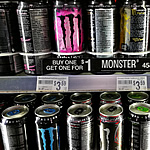 What is an Energy Drink? A Maniac Who Has Been Drinking Since 2001 Defines and Explains in Detail
What is an Energy Drink? A Maniac Who Has Been Drinking Since 2001 Defines and Explains in Detail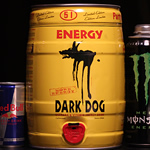 The world's largest energy drink can is 5 liters!
The world's largest energy drink can is 5 liters!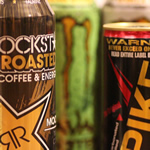 How to Buy & Import Foreign Energy Drinks For Japanese (Over 1000 Cans Purchased)
How to Buy & Import Foreign Energy Drinks For Japanese (Over 1000 Cans Purchased)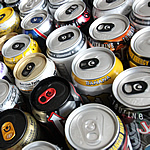 World's Strongest Ranking of Energy Drinks by Energy Drink Mania
World's Strongest Ranking of Energy Drinks by Energy Drink Mania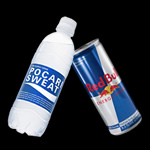 Red Bull mixed with Pocari Sweat is a placebo
Red Bull mixed with Pocari Sweat is a placebo Bottled energy drink cans
Bottled energy drink cans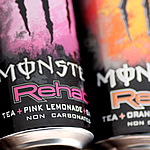 Ultimate Guide to Energy Drinks: 1540 Varieties Worldwide
Ultimate Guide to Energy Drinks: 1540 Varieties Worldwide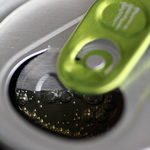 How to open a Monster Energy can without spilling (old Japan can)
How to open a Monster Energy can without spilling (old Japan can)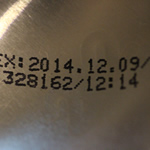 Energy drink expiration date
Energy drink expiration date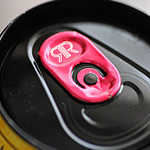 A complete explanation of the difference between energy drinks and nutritional drinks by a real maniac (for Japan and Asia)
A complete explanation of the difference between energy drinks and nutritional drinks by a real maniac (for Japan and Asia)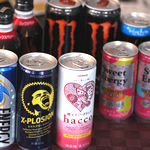 Energy drink cost
Energy drink cost How to Enjoy the Flavor of Energy Drinks
How to Enjoy the Flavor of Energy Drinks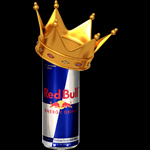 How to buy energy drinks cheaply (for Japanese)
How to buy energy drinks cheaply (for Japanese)


 Since 2001, Energy Drink Maniac has been drinking energy drinks and providing the most detailed reviews of global energy drinks based on firsthand research.
Since 2001, Energy Drink Maniac has been drinking energy drinks and providing the most detailed reviews of global energy drinks based on firsthand research.